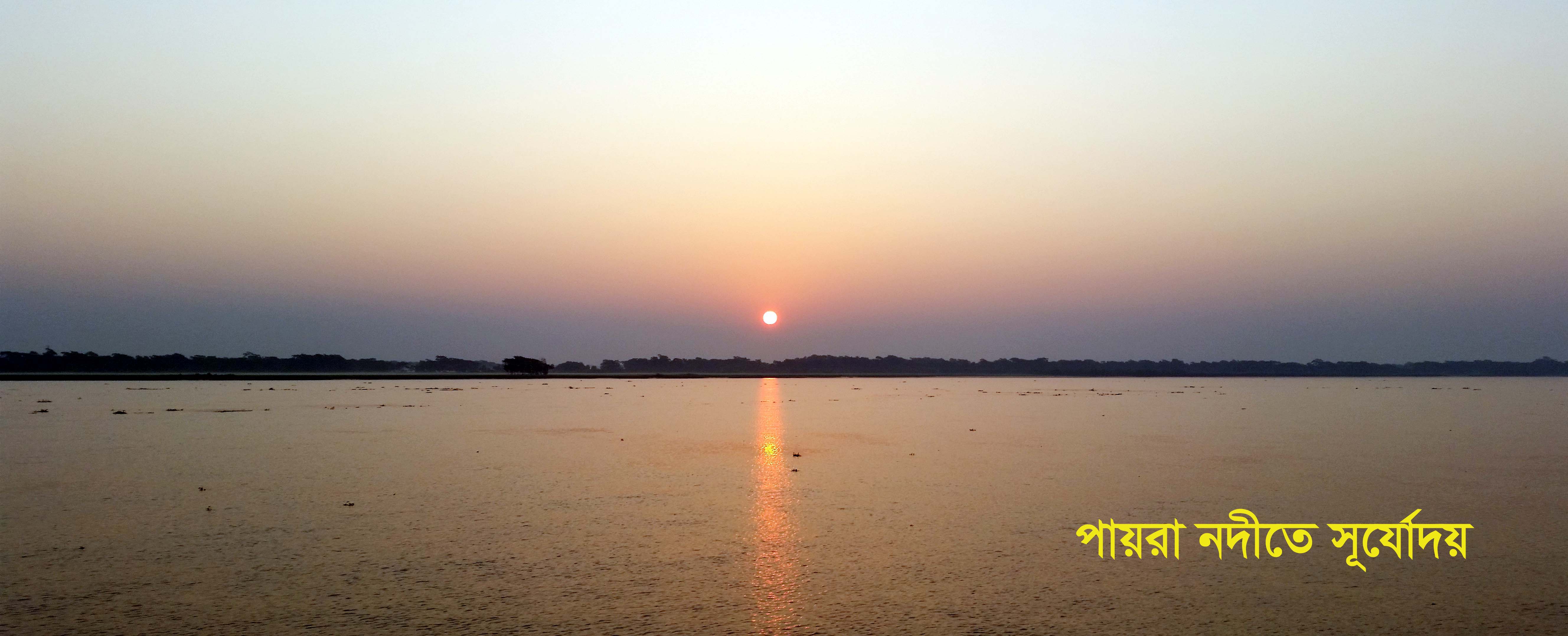-
District Related
Introduction to District
History and tradition
-
Administration
Deputy Commissioner
Deputy Commissioner\'s Office
Additional Deputy Commissioners
Officers and Staffs
Branch related
Important information
Innovation
District e-Service Center
Other
-
District Administration Barguna Innovation Action Plan
-
Multimedia Classroom Information
-
Public hearing
-
জেলা পর্যায়ে কর্মকর্তাবৃন্দ
-
Public Representatives
-
List of registered marriage registrars in Barguna district (Upazila based)
-
কাজী, ননকাজী এবং হিন্দুবিবাহ নিবন্ধকের তালিকা
-
Action plan to stop child marriage, Barguna
-
District Administration Barguna Innovation Action Plan
-
Local Government
Zela parishod
Municipality
Upazila Parishad
-
Govt. Offices
Law-discipline and security issues
Education and Cultural Affairs
-
District Non-formal Education Bureau, Barguna
-
District Sports Office, Barguna.
-
District Education Office, Barguna
-
Bangladesh Shishu Academy, Barguna
-
জেলা সরকারী গণগ্রন্থাগার
-
District Shilpakala Academy
-
District Education Engineering Office
-
Barguna govt. polytechnic Institute
-
District Primary Education Office
-
Textile Vocational Institute, Barguna
-
Primary Teachers Training Center
Agriculture and food related issues
-
Deputy Director\'s Office, Department of Agricultural Extension, Farmbari, Barguna.
-
District Food Controller\'s Office, Barguna
-
District Livestock Officer\'s Officeর্মকর্তার কার্যালয়
-
District BADC (IR) Office
-
District Small and Cottage Industries Corporation Office
-
বাংলাদেশ নিরাপদ খাদ্য কর্তৃপক্ষ
-
District Agriculture Marketing Office
-
Office of the District Fisheries Officer, Barguna
-
Seed marketing, BADC, Barguna
-
Bangladesh Food Safety Authority, District Office, Barguna
-
District seed certification office
-
District Artificial Insemination Center, Barguna
Engineering and communication
-
Public Works Department, Barguna
-
Water Development Board, Barguna
-
Road Division, Barguna
-
Department of Public Health Engineering
-
Barguna main post office
-
BTCL, Barguna
-
Local Government Engineering Department, Executive Engineer\'s Office
-
District Relief & Rehabilitation Office
-
Doict
-
Department of Health Engineering
-
Barguna Electric Supply, WZPDCL, Barguna
-
BIWTA
About Human Resources Development
-
District Employment and Manpower Office, Barguna
-
District Women Affairs Officer\'s Office,
-
District Co-operative Office, Barguna
-
District Social Welfare Office, Barguna
-
Bangladesh Rural Development Board
-
Department of Youth Development, Barguna
-
Islamic Foundation, Barguna
-
District Hindu Religious Welfare TrustOffice
-
hospital social services office, barguna
-
TTC
-
প্রবেশন অফিসারের কার্যালয়, বরগুনা
-
Integrated Visually Impaired Educational Institution, Barguna
-
Government Child Family (Boy), Barguna
-
Protibondhi seba o sahajjo kendro, barguna
-
Youth Training Center DYD Barguna
Government Services Agency
Other government offices
-
District Accounts Office
-
District Palli Daridro Bimicon Foundation Office
-
District Passport Office
-
Department of Environment
-
Office of the Deputy Commissioner of Taxation, Barguna
-
District Customs Excise and VAT Office
-
District Election Office, Barguna
-
District Information Office, Barguna
-
Forest Division
-
District Savings Office
-
Probation Office
-
District Statistics Office, Barguna
-
ZP
-
District Non-formal Education Bureau, Barguna
-
Other organizations
Educational Institution
Organization / organization
-
E-services
Mobile Apps
District E-Service Center
National e-Seba
Union Information and Services Center
- নাগরিক সেবাসমূহ
-
Gallery
------------------
-
My Gov
- Information ask
-
District Related
Introduction to District
History and tradition
-
Administration
Deputy Commissioner
Deputy Commissioner\'s Office
Additional Deputy Commissioners
Officers and Staffs
Branch related
Resolutions of Meeting
Important information
Innovation
District e-Service Center
Other
- District Administration Barguna Innovation Action Plan
- Multimedia Classroom Information
- Public hearing
- জেলা পর্যায়ে কর্মকর্তাবৃন্দ
- Public Representatives
- List of registered marriage registrars in Barguna district (Upazila based)
- কাজী, ননকাজী এবং হিন্দুবিবাহ নিবন্ধকের তালিকা
- Action plan to stop child marriage, Barguna
-
Local Government
Zela parishod
Municipality
Upazila Parishad
Local government representative
-
Govt. Offices
Law-discipline and security issues
Education and Cultural Affairs
- District Non-formal Education Bureau, Barguna
- District Sports Office, Barguna.
- District Education Office, Barguna
- Bangladesh Shishu Academy, Barguna
- জেলা সরকারী গণগ্রন্থাগার
- District Shilpakala Academy
- District Education Engineering Office
- Barguna govt. polytechnic Institute
- District Primary Education Office
- Textile Vocational Institute, Barguna
- Primary Teachers Training Center
Agriculture and food related issues
- Deputy Director\'s Office, Department of Agricultural Extension, Farmbari, Barguna.
- District Food Controller\'s Office, Barguna
- District Livestock Officer\'s Officeর্মকর্তার কার্যালয়
- District BADC (IR) Office
- District Small and Cottage Industries Corporation Office
- বাংলাদেশ নিরাপদ খাদ্য কর্তৃপক্ষ
- District Agriculture Marketing Office
- Office of the District Fisheries Officer, Barguna
- Seed marketing, BADC, Barguna
- Bangladesh Food Safety Authority, District Office, Barguna
- District seed certification office
- District Artificial Insemination Center, Barguna
Engineering and communication
- Public Works Department, Barguna
- Water Development Board, Barguna
- Road Division, Barguna
- Department of Public Health Engineering
- Barguna main post office
- BTCL, Barguna
- Local Government Engineering Department, Executive Engineer\'s Office
- District Relief & Rehabilitation Office
- Doict
- Department of Health Engineering
- Barguna Electric Supply, WZPDCL, Barguna
- BIWTA
About Human Resources Development
- District Employment and Manpower Office, Barguna
- District Women Affairs Officer\'s Office,
- District Co-operative Office, Barguna
- District Social Welfare Office, Barguna
- Bangladesh Rural Development Board
- Department of Youth Development, Barguna
- Islamic Foundation, Barguna
- District Hindu Religious Welfare TrustOffice
- hospital social services office, barguna
- TTC
- প্রবেশন অফিসারের কার্যালয়, বরগুনা
- Integrated Visually Impaired Educational Institution, Barguna
- Government Child Family (Boy), Barguna
- Protibondhi seba o sahajjo kendro, barguna
- Youth Training Center DYD Barguna
Government Services Agency
Other government offices
- District Accounts Office
- District Palli Daridro Bimicon Foundation Office
- District Passport Office
- Department of Environment
- Office of the Deputy Commissioner of Taxation, Barguna
- District Customs Excise and VAT Office
- District Election Office, Barguna
- District Information Office, Barguna
- Forest Division
- District Savings Office
- Probation Office
- District Statistics Office, Barguna
- ZP
-
Other organizations
Educational Institution
Organization / organization
-
E-services
Mobile Apps
District E-Service Center
National e-Seba
Union Information and Services Center
-
নাগরিক সেবাসমূহ
অবিবাহিত সনদ
Minorities Charter
-
Gallery
------------------
-
My Gov
-
Information ask
প্রদানযোগ্য তথ্য
অপ্রদানযোগ্য তথ্য
Background of the district administration
Patuakhali subdivision was formed in 1871 for administrative purposes during the British period. At that time there were 5 thanas in Patuakhali, Mirzaganj, Gulistan, Baufal and Galachipas. Bamna and Patharghata were under the control of Mathbaria. At that time Barguna was under Gulisakhali Police Station. At the end of the century, in the end of the century, Daman, Patharghata, Barguna Betagi and Khepupara thanas were formed for administrative convenience. Barguna is named after the name of the city as the Thana.
In the fourteenth century, the whole southern region was under Bakerganj. In the middle of the eighteenth century, Agabak Khan was the man in East Bengal. His estate was in Bakla Chandradwip. Patuakhali and Barisal were called Bakla Chandradvipo. In order to govern governance, in 1797, the British government created Bakerganj district according to the 7th resolution of Agabak Khan. A temporary police outpost was built in Phuljhori on the banks of the river Bichhkhali in the early 19th century to protect peace and to prevent the attack of pirates. Later, in 1904, one police station was established in Barguna permanently and Gulistankhali police station was established as two separate police stations under Amtali and Barguna. Subsequently, the pond of the Bay of Bengal continued to grow and the Sundarbans region was created by creating huge populations. Thus the Barguna Police Station area expanded.
Barguna in a beautiful forest of a time becomes gradually transformed into densely populated places. Political, social and cultural activism started in this area. In 1969, due to the increase in the number of people's privileges, size and number of governance, Patuakhali district became a sub-divisional city with the creation of Barguna History. Barguna subdivision consists of Patharghata and Bamna thanas of Kalapara, Amtali, Barguna, Betagi and Pirojpur sub-division. Due to the difficulty of communicating with the Barguna subdivision, the Kalapara thana was later associated with the Patuakhali subdivision. Before the Mahakumat became transformed, Barguna continued to keep pace with education and other areas in the culture. Later, on February 28, 1984, Barguna sub-division was upgraded to district.

Planning and Implementation: Cabinet Division, A2I, BCC, DoICT and BASIS


















